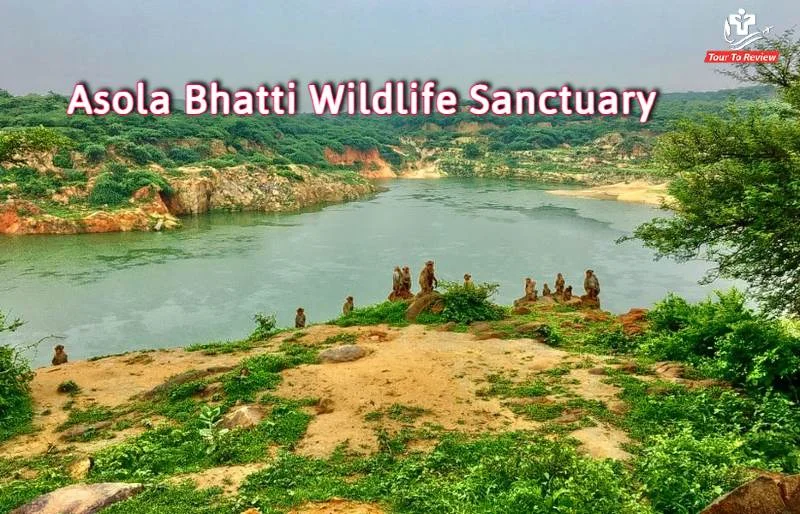Asola Bhatti Wildlife Sanctuary is a protected area located in the southern part of Delhi, India. The sanctuary covers an area of approximately 6.8 square kilometers and is home to a variety of flora and fauna.
The wildlife sanctuary is known for its rich biodiversity, with over 193 species of birds, 80 species of butterflies, 23 species of mammals, and 10 species of reptiles. Some of the commonly found animals in the sanctuary include the Indian hare, Indian porcupine, Indian grey mongoose, wild boar, and black-naped hare. It is also home to a variety of plant species such as jamun, neem, peepal, and banyan trees.
Asola Bhatti Wildlife Sanctuary is a popular destination for nature lovers and bird watchers. It offers several hiking trails and nature walks that allow visitors to explore the sanctuary and observe its wildlife and natural beauty. The sanctuary is open to visitors throughout the year, and entry is free. However, visitors are advised to follow the rules and regulations of the sanctuary to ensure the safety of both themselves and the wildlife.
- The sanctuary is situated at the edge of the Aravalli range and is spread across the states of Delhi and Haryana. The Delhi part of the sanctuary is managed by the Delhi Forest Department, while the Haryana part is managed by the Haryana Forest Department.
- The sanctuary is named after two villages - Asola and Bhatti, which are located near the sanctuary. These villages are home to several communities, including the Gujjars, who are traditionally known for their knowledge of the forest and its resources.
- The sanctuary is an important breeding ground for several bird species, including the white-throated kingfisher, brown-headed barbet, and Indian robin. During the winter months, the sanctuary attracts migratory birds such as the yellow wagtail, northern pintail, and common teal.
- The sanctuary is also home to several reptile species, including the Indian cobra, Indian rock python, and Indian monitor lizard. Visitors are advised to maintain a safe distance from these animals and avoid disturbing them.
- In addition to its natural beauty and wildlife, Asola Bhatti Wildlife Sanctuary is also known for its historical and cultural significance. The sanctuary contains several archaeological sites, including the Tughlaqabad Fort, which was built in the 14th century.
- The sanctuary offers several eco-tourism activities, including nature walks, bird watching, and camping. Visitors can also participate in conservation activities such as tree planting and wildlife monitoring.
